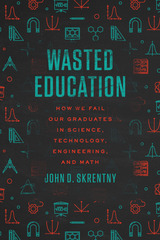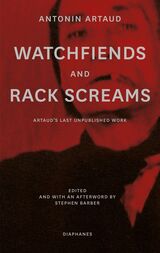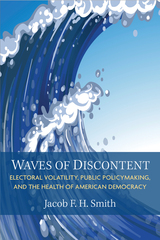
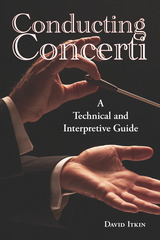


Based on the latest research in communication theory but tailored specifically for real-world application, this updated manual speaks equally to the needs of students preparing to enter the profession and those who are already fielding reference inquiries. The authors, working in consultation with a stellar advisory board of scholars and practitioners, present a convenient and comprehensive resource that will teach you how to understand the needs of public, academic, and special library users across any virtual setting—including email, text messaging, and social media—as well as in traditional and face-to-face models of communication. Packed with exercises and examples to help you practice effective reference transactions and avoid common pitfalls, this book
- tackles the fundamentals of the reference interview, from why it’s important in the first place to methods for setting the stage for a successful interview and techniques for finding out what the library user really wants to know;
- covers the ins and outs of the readers’ advisory interview;
- examines a wide range of contexts, such as children, young adults, parents, seniors, adults from diverse communities, and those with disabilities;
- presents case studies of innovative reference and user encounters at a variety of libraries;
- offers updated coverage of virtual reference, including new research, virtual reality transcripts, and a look at crowd-sourcing reference via social media;
- features new content on common microaggressions, with guidance on how to use awareness of emotion as a factor in reference interactions to ensure better outcomes;
- discusses topics such as respecting/protecting privacy, overcoming assumptions, implicit judgment, the importance of context, determining the real information need, and many other lessons learned from challenging reference encounters; and
- thoroughly addresses policy and training procedures, as well as the unique challenges faced by paraprofessionals and non-degreed staff.
Find your bearings in the continually evolving hybrid reference environment through proven strategies, advice, exercises, and research from three experts in the field.

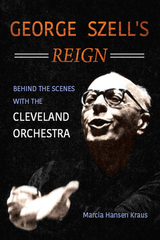
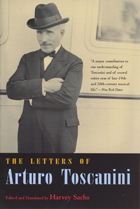
“This is a major contribution to our understanding of Toscanini and of several entire eras of late nineteenth- and twentieth-century musical life, especially the almost improvisatory looseness of opera in Italy, the glamour of European festivals, and the concert life of the United States. It’s also a wonderful, sometimes downright salacious read.”—New York Times
“Toscanini’s large, cranky humanity comes alive throughout his letters, as it does in his best recordings.”—New York Review of Books
“Edited with scrupulous care and wide-ranging erudition.”—Wall Street Journal
“Sachs has served the conductor well . . . by editing this generously annotated and unprecedentedly revealing collection of letters that were written, usually in haste and often in fury, over the course of seventy years.”—Washington Post
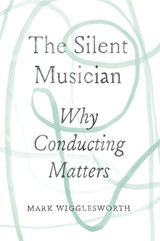
The Silent Musician deepens our understanding of what conductors do and why they matter. Neither an instruction manual for conductors, nor a history of conducting, the book instead explores the role of the conductor in noiselessly shaping the music that we hear. Writing in a clever, insightful, and often evocative style, world-renowned conductor Mark Wigglesworth deftly explores the philosophical underpinnings of conducting—from the conductor’s relationship with musicians and the music, to the public and personal responsibilities conductors face—and examines the subtler components of their silent art, which include precision, charisma, diplomacy, and passion. Ultimately, Wigglesworth shows how conductors—by simultaneously keeping time and allowing time to expand—manage to shape ensemble music into an immersive, transformative experience, without ever making a sound.

READERS
Browse our collection.
PUBLISHERS
See BiblioVault's publisher services.
STUDENT SERVICES
Files for college accessibility offices.
UChicago Accessibility Resources
home | accessibility | search | about | contact us
BiblioVault ® 2001 - 2025
The University of Chicago Press



